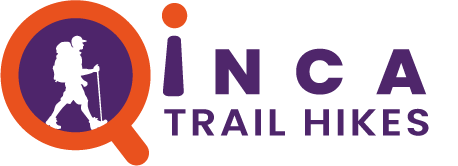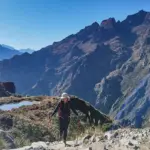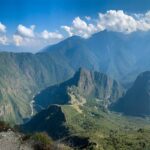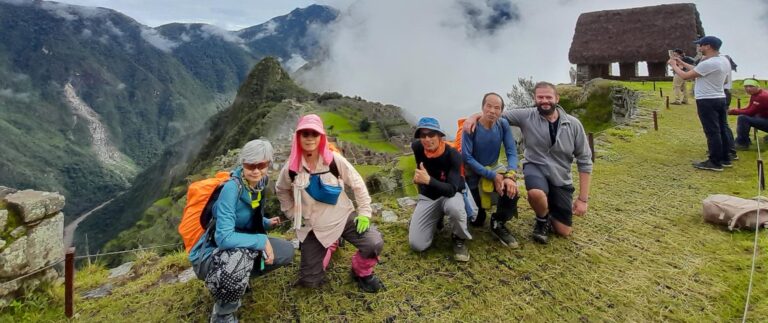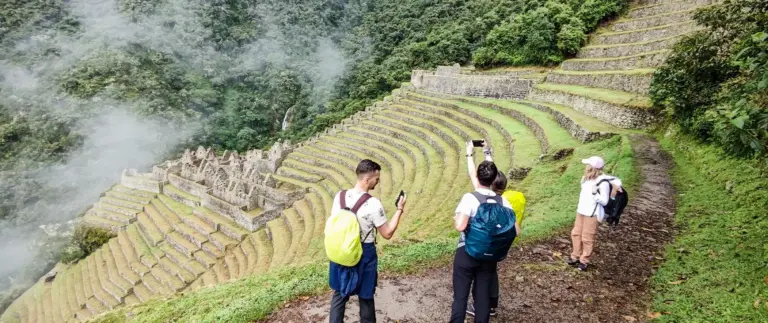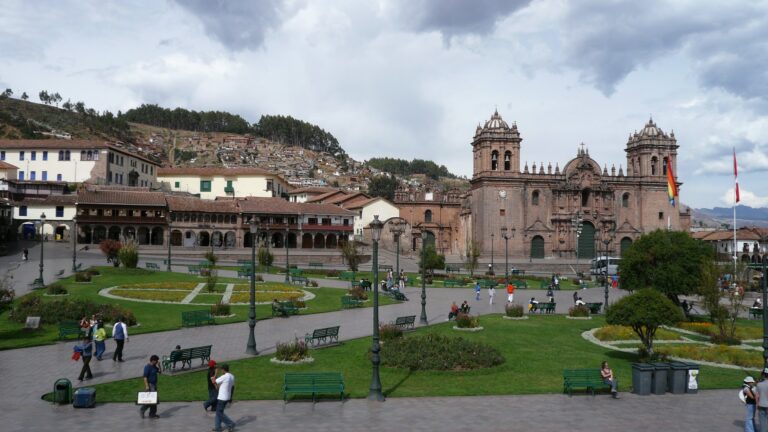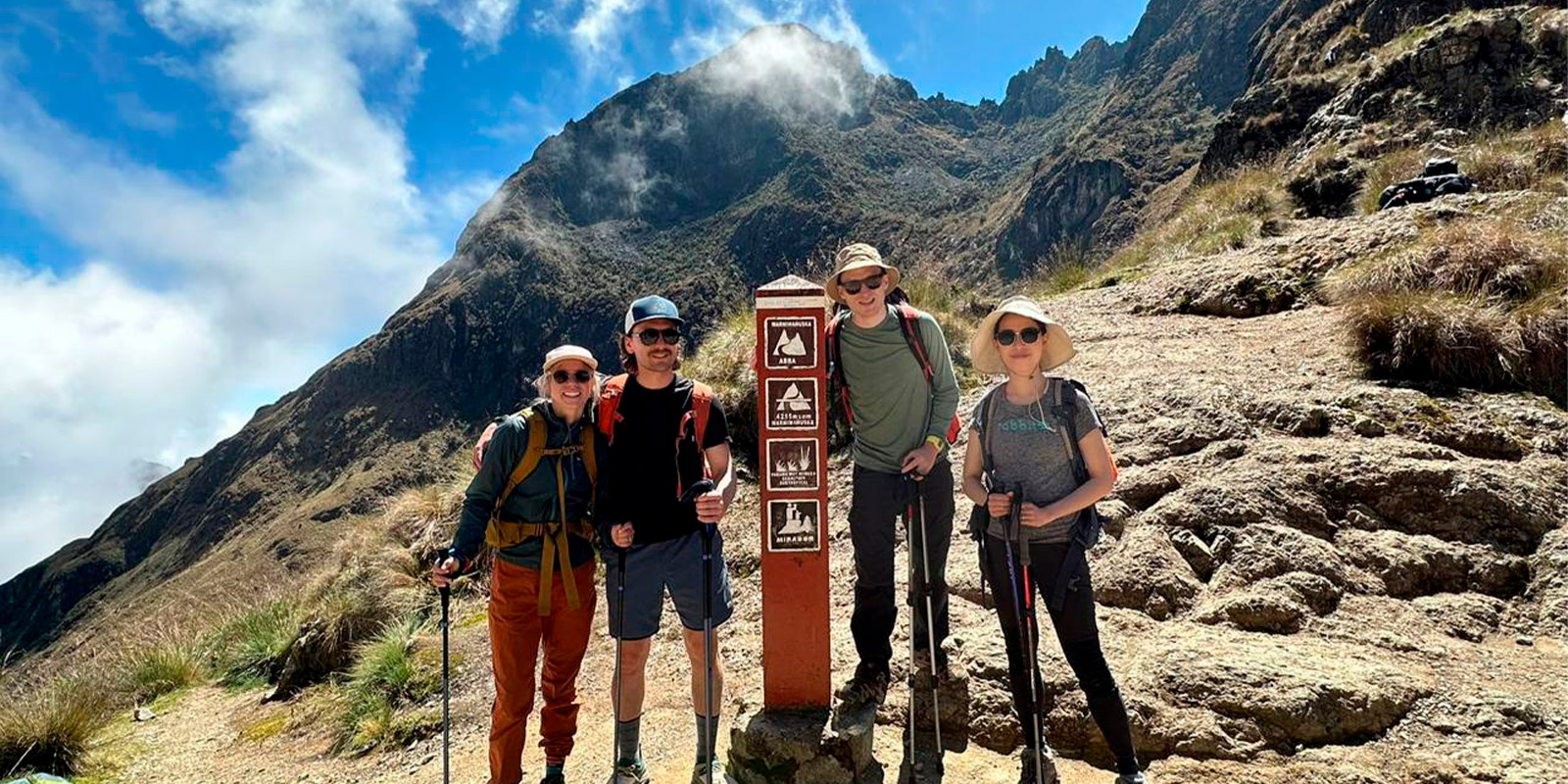
Classic Inca Trail to Machu Picchu Elevation Gain
What are the elevation gains of the Inca Trail hike to Machu Picchu? In this article we are going to explain in detail the day by day elevation gain of the classic 4 day Inca Trail, so you will understand how is the famous trek to Machu Picchu.
The classic 4 day Inca Trail is not the only trek, there is the 2 day trek called the Short Inca Trail and the Salkantay with the Inca Trail (Salkantay and Inca Trail 7 Days).
What is the elevation of the Classic Inca Trail to Machu Picchu?
As you can see on the map below, the elevation of the Inca Trail has many ups and downs. The easiest day is the first day, as it is relatively flat. Elevation of the Inca Trail varies, with the highest point rising to 13,828 feet (4200 m) a.s.l. The second day is the hardest, starting at 10,000 feet (3,000 m) and ascending to Dead Woman’s Pass (4200mt)
Third and fourth day of the Inca Trail altitude change is a relative descent to Machu Picchu. Machu Picchu is at an altitude of 2,430 meters.
Maximum altitude of the Inca Trail – 13,776 feet – 4200mt
Inca Trail Elevation Map
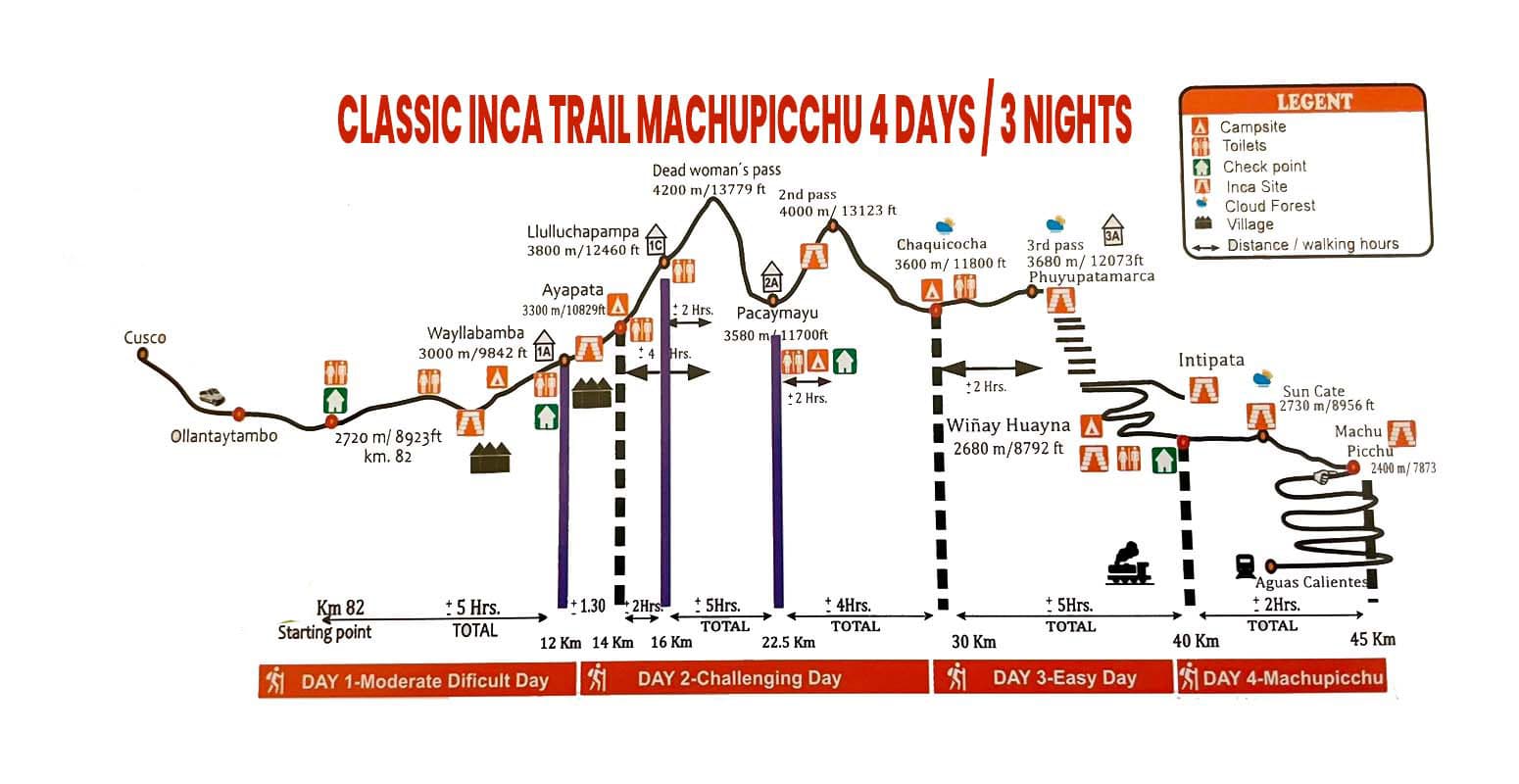
Here is a standard itinerary that most Inca Trail companies use.
What is the 4 day Inca Trail itinerary with day by day elevations?
Before starting the trek, you must remember to acclimatize to the altitude, you can read our blog about what to do in Cusco while acclimatizing here!.
Day 1 of the Inca Trail Hike: Cusco – Piskacucho – Km 82 – Wayllabamba
The day starts very early, around 5 am in Cusco, private transport takes us to Ollantaytambo. This is the last town where we will have to stock up on snacks and small things for the adventure. Then the transport takes us to Piskacuchu known as KM 82, where the government checkpoint for the Inca Trail is located.
Note: You can only do the Inca Trail with a government authorized tour operator, Like SAM Travel Peru.
Read our section on Best Inca Trail tour operators here!
After passing the control we start the trek to the first base camp called Wayllabamba, but, before arriving we will have to have lunch in Miskay which is located in Llactapata or Patallacta which is also an archaeological site. Before leaving Llactapata learn about this place from our guide.
Summary of the first day:
- Distance: 12 km/6.835 miles.
- Time: 5 to 6 hours on average
- Elevation gain: 430 m/1410 ft.
- Start: Km 82 (beginning of the Inca Trail) 2680 m/9612 ft.
- End: Wayllabamba Camp 3,010 m/9,8750 ft. elevation gain of the Inca Trail.
Day 2 of the Inca Trail trek: Wayllabamba – Warmiwañusca – Pacaymayo
The second day is the most challenging day of the Inca Trail, we will have to climb up to Warmihuañusca (dead woman´s pass) which is at 4200m. Mt. Warmihuañusca is also the highest point of the Inca Trail and from where we can see the different varieties of flora and fauna of the Andes. After passing Warmihuañusca head towards Pacaymayo which is the second base camp of the classic Inca Trail. Pacaymayo is located at 3600 masl. In Pacaymayo we will also have our lunch and rest for the next day.
Summary of the second day:
- Distance: 11 km/6.83 miles.
- Time: 7 to 8 hours on average.
- Elevation gain: 1180 m/3871 ft.
- Start: Wayllabamba Camp 3,010 m/9,8750 ft.
- End: Pacasmayo Camp 3,600 m/11,700 ft.
Day 3 of the Inca Trail trek: Pacaymayo – Chaquicocha – Wiñaywayna
The third day starts early to head towards Runcurakay Pass, which is at 3850 mt (third highest point of the Inca Trail). Along the route we will visit the archaeological sites of Sayacmarca (village or site in the middle of a steep hill) and Phuyupatamarca (Village or site in the middle of the clouds). Have our lunch, head to Wiñay Wayna where is our last base camp to get to Machu Picchu.
Wiñay Wayna is around an hours walk away from Machu Picchu.
Summary of the third day:
- Distance: 16 km/9.94 miles.
- Time: 9 to 10 hours on average
- Elevation gain: 453 m/1486 ft.
- Start: Pacasmayo Camp 3,600 m/11,700 ft.
- End: Wiñaywayna Camp 2,650 m/8,530 ft.
Day 4 of the Inca Trail hike: Wiñay Wayna – Machu Picchu – Cusco
As the fourth day dawns, we have to start our hike very early. You will need to do this if you want to see the sunrise at Machu Picchu. The final stretch of the Inca Trail takes us to the Inti Punku or translated Sun Gate from where Machu Picchu can be seen in all its splendor.
Then we will descend to enter the streets and terraces of the Inca citadel and finish our expedition, knowing more about the culture and history of the Incas.
After getting to know and finally reaching Machu Picchu we will descend to the town of Aguas Calientes where we will have lunch and wait for our train to return to Ollantaytambo, after which take your private transport back to Cusco.
Summary of the fourth day:
- Distance: 6 km/3.72 miles.
- Time: 2 to 3 hours on average
- Elevation gain: 90 m/295 ft.
- Start: Wiñaywayna Camp 2,650 m/8,530 ft.
- End: Machu Picchu 2,450 m/8,038 ft.
Summary of Inca Trail Elevation Gain
- Total elevation gain of the Inca Trail: 2153 m/7063 ft.
- Top Elevation: 13,828 ft (4200 m)
- Inca Trail Distance: 25 miles (40 km)
After hiking the Inca Trail like a true expeditionary, you can enjoy Cusco and the other destinations it has to offer.
